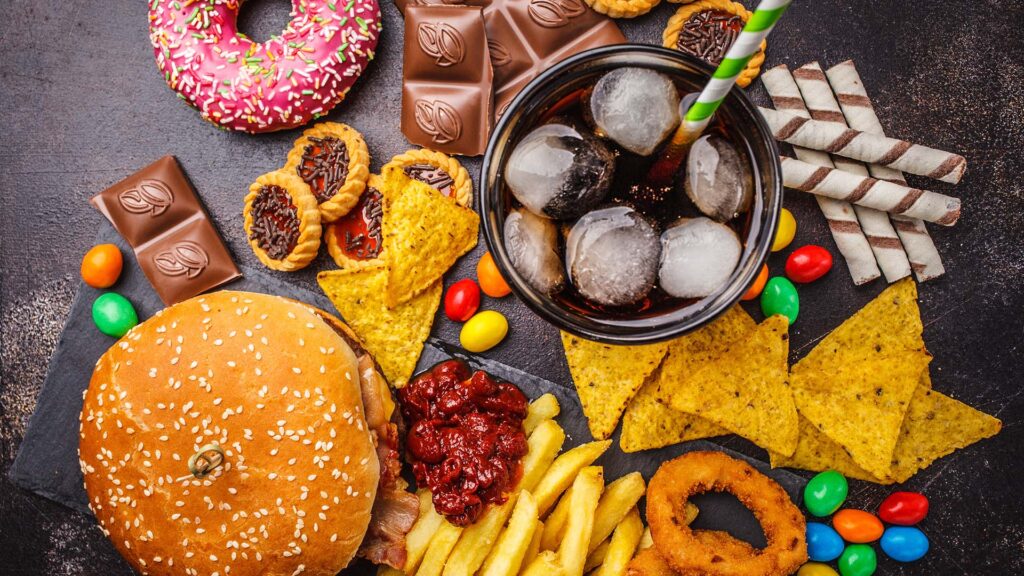Ultra-Processed Foods Face Growing Scrutiny Amid Health Warnings and Policy Shifts

As the festive season kicks off and indulgent holiday treats line store shelves, growing public awareness around the dangers of ultra-processed foods (UPFs) is reshaping conversations about what ends up on our plates.
Dietitians and online “foodfluencers” are increasingly spotlighting the risks associated with diets high in synthetic additives and industrially altered ingredients. That momentum has also made its way into policy. Just last week, the UK implemented a ban on pre-watershed advertising for junk food—products often laden with emulsifiers, stabilizers, and other chemical additives. Across the Atlantic, Robert F. Kennedy Jr., tapped by Donald Trump as his pick for health secretary, has made reducing ultra-processed food consumption a centerpiece of his “Make America Healthy Again” agenda.
Science Mounts Against UPFs
A growing body of research now links high UPF consumption to an array of health issues, including cancer, cardiovascular disease, obesity, and depression. These foods—think colorful breakfast cereals, ready meals, and fast-food staples—are typically high in salt, sugar, and fat. But recent findings suggest that even when those macronutrients are controlled for, UPFs can have negative health effects due to the chemical processing itself.
Manufacturers use ingredients like hydrogenated fats and high-fructose corn syrup to enhance taste and extend shelf life, a strategy that reduces costs and maximizes profits. That industrial model has led to staggering levels of consumption: UPFs now account for over 50% of daily caloric intake in countries like the U.S. and the UK, with developing nations such as Brazil and Mexico not far behind.
Complex Definitions, Practical Challenges
Efforts to reduce UPF consumption face a semantic and structural hurdle: defining what “ultra-processed” actually means. Food exists on a spectrum—from minimally processed fresh vegetables to highly engineered sodas containing dozens of synthetic ingredients. Even staples like store-bought bread or yogurt undergo some level of processing.
Moreover, processing isn’t inherently bad. In many cases, it’s essential. Kennedy’s controversial support for raw milk, for example, raises concerns about bacterial contamination. Preserved foods, on the other hand, offer cost-effective, longer-lasting options—especially important for households with limited refrigeration or lower incomes.
Policy, Education, and Industry Accountability
Blanket bans on UPFs are unlikely to be effective or practical. A more realistic approach, experts suggest, involves better consumer education and clearer labeling. Some Latin American countries, such as Chile and Mexico, have already introduced warning labels for high-UPF items. A handful have gone further, embedding UPF guidance into national dietary recommendations.
Yet the food and beverage industry, which spent over $100 million on lobbying in the U.S. last year, argues that such measures risk “demonizing” a vast swath of everyday products. While the concern isn’t unfounded—definitions are broad and often inconsistent—it only underscores the need for more rigorous scientific classification and targeted research.
In the meantime, the public health message is clear: better access to fresh produce, smarter marketing regulations—especially for children—and early education on nutrition are all essential tools in reshaping dietary habits.
Reversing the global addiction to ultra-processed foods won’t happen overnight. But empowering consumers to make more informed choices may be the first meaningful step toward a healthier future.
By Staff Writer, Courtesy of Forbes | November 29, 2024 | Edited for WTFwire.com
Source: Financial Times
: 148







